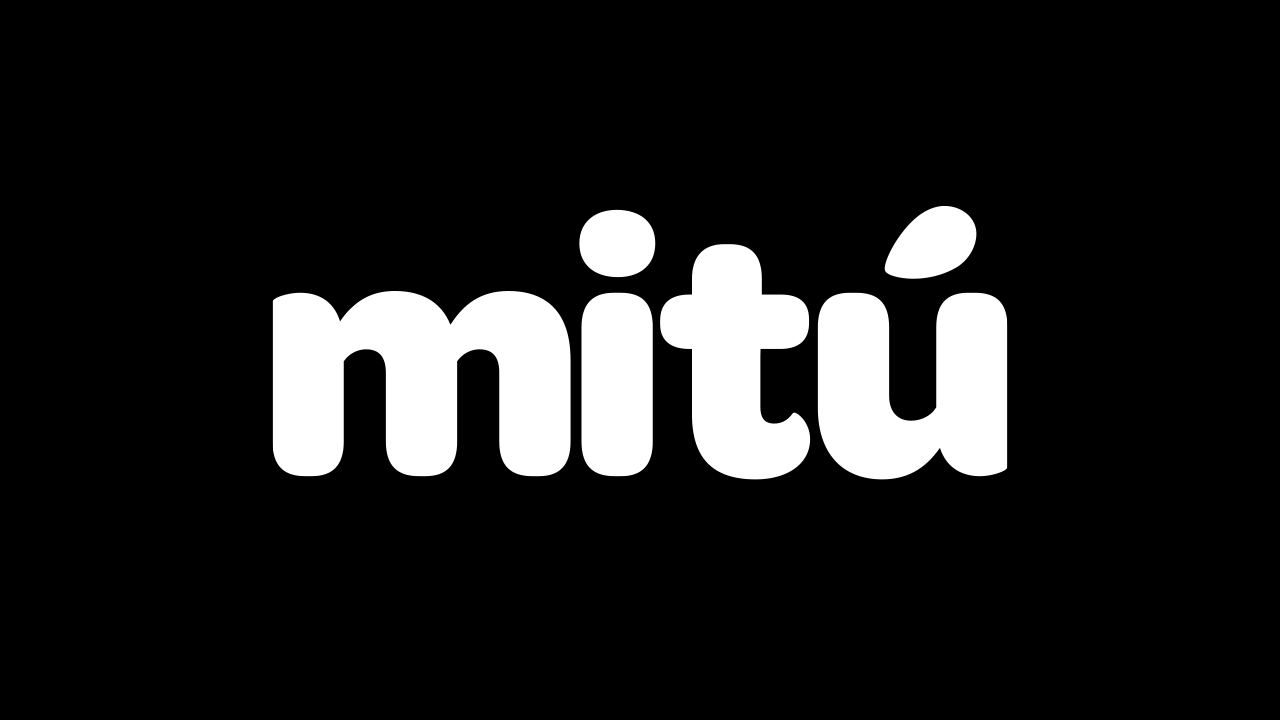Baile Folklórico Is Rich In Color And Influenced From Other Countries Around The World
Dresses spinning in colors, the guitar strumming a tune, and the sound of shoes hitting the ground. This is baile Folklorico, one of Mexico’s most traditional forms of dance and exemplary of cultural pride.
Gabriela Mendoza-García, a Mexican dance scholar, says the origin of baile Folklorico stems from the complex history of Spanish colonization and indigenous ancestors.
From 1525–1810, the Spanish weren’t the only influence on modern-day Mexico. Germans, the French, even influences from Asia and Africa had a part in forming Folklorico in addition to the indigenous ceremonial dances.
The African influence is evident in the zapateado footwork of Folklórico. The European influence can be heard in the violin and guitar in the music that so often accompanies Folklórico. The indigenous influence mixed with Mexican mestizaje is seen in the hairstyles and different dances that were created or performed for social or political reasons like the Mexican female soldiers, or “Adelitas” did during the post-Mexican revolution era.
Amalia Hernandez, a classical trained Mexican dancer, was one of the women responsible for making baile Folklorico world-renowned and founded the famous Baile Folklorico de Mexico in the 1950s.
She was the jefa to incorporate ballet and other classical genres to baile Folklorico on a world stage. Her dancing also incorporated politics and Mexican pride; an example of this is her famous dance “La Revolucion” which she choreographed to represent women soldiers during the Mexican Revolution. This Baile Folklorico de Mexico has toured in more than 300 cities and more than 80 countries worldwide.
Despite cultural influences from “Zapateado” is the fundamental dance style that embodies the Folklorico footwork.
What makes the baile so special is its use of heel and toe-tapping in a very different from tap-dancing. The heel tapping here becomes one with the music and acts as the percussion for the songs. Music from son jarocho, son huatusco, and son de mariachi are the genres that accompany dancers in baile Folklorico. Son de mariachi, which birthed modern-day mariachi, is more popular in Jalisco. Son de jarocho is unique to Veracruz style, and son de huasteco (with yodeling singers) comes from…. To break it down further, the bailes regionales, danza, and mestizo are the types of baile Folklorico.
Folklorico dresses are also an essential part of the culture.
Women lift and twirl their skirts in choreography with the music. These movements can vary by region. Each dress style, music style, and even the way the dancer steps, all represent a different region of Mexico. Mariachi, long braids, zigzagging of ribbons, the Jarabe Tapaíto (hat dance), colorful skirts, and of course the charro suit for men, are some of the examples Jalisco is represented in baile Folklorico. While the dress has a European influence, the braided hair represents the ranchera style. Folklorico Jalisciense also incorporates the china poblana, which is a straight skirt worn with a matching embroidered blouse.
If you see white embroidered dresses with men in white, you can be certain that style of Folklorico is from Veracruz, heavily influenced by Africa. One of the most famous dances from Veracruz is “La Bruja” consisting of only female dancers wearing white dresses, a black apron, and balancing a candle on their head in a dimly lit room. This is usually performed during Dia de Los Muertos.
Whether it’s the Jarabe Tapatío or La Bruja, from Jalisco, to Zacatecas, to the Yacatan Peninsula, baile folklorico is a tradition that crosses decades, styles, and gente Latina.
Click here to learn more about all the places that are Just An Amtrak Away.




